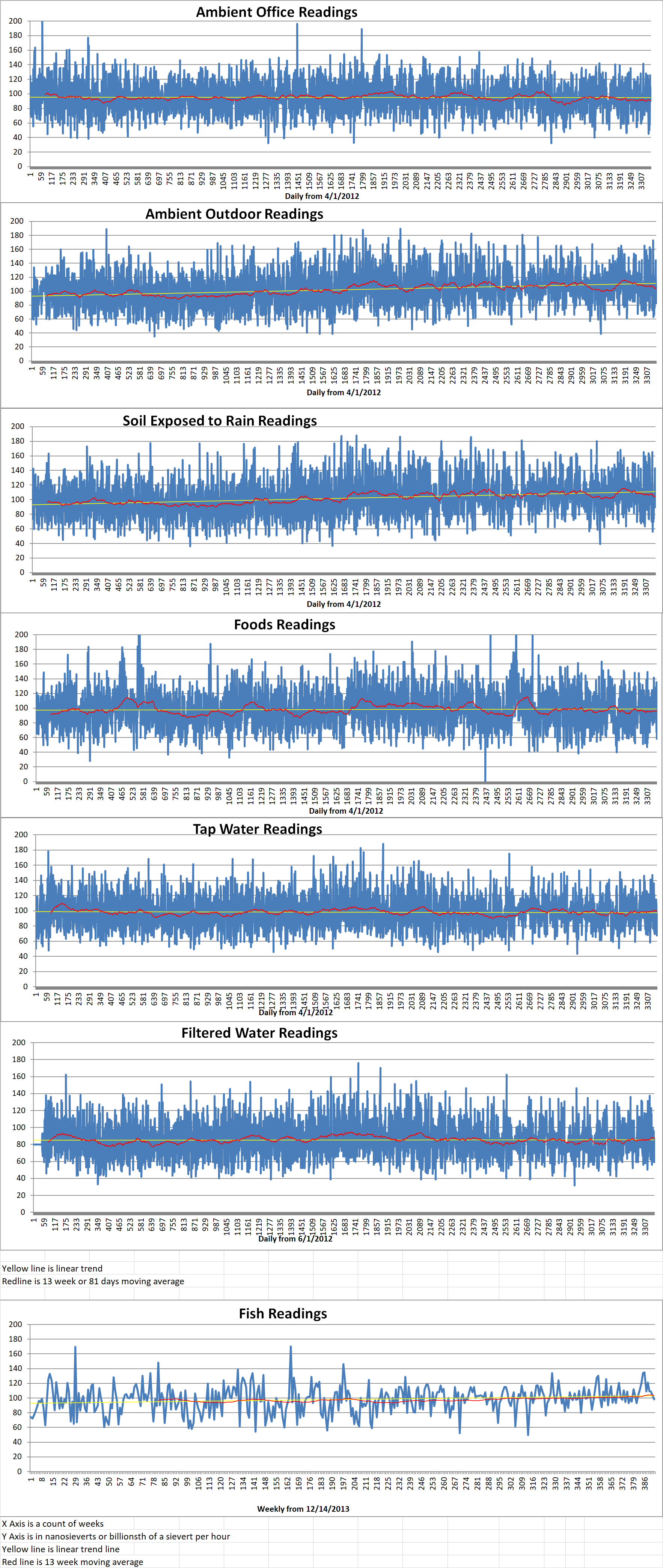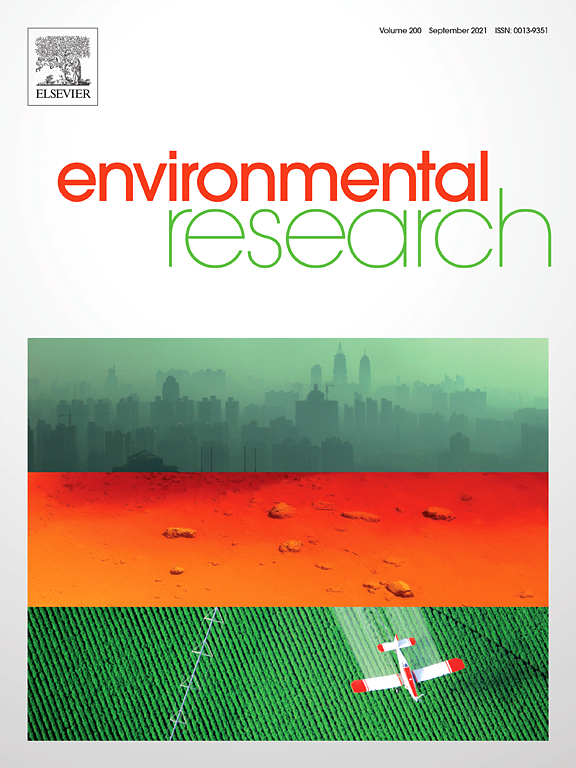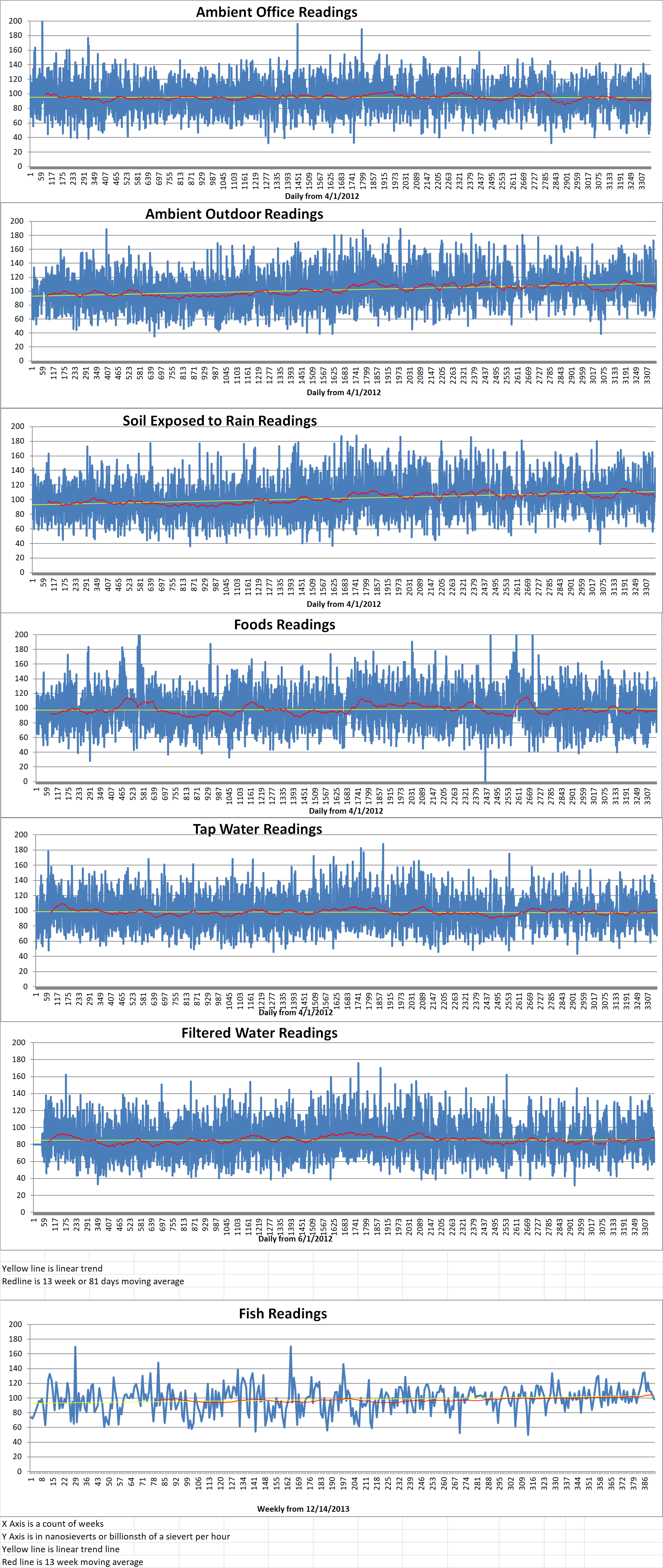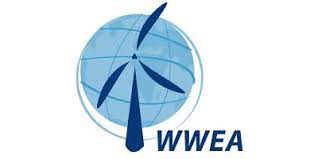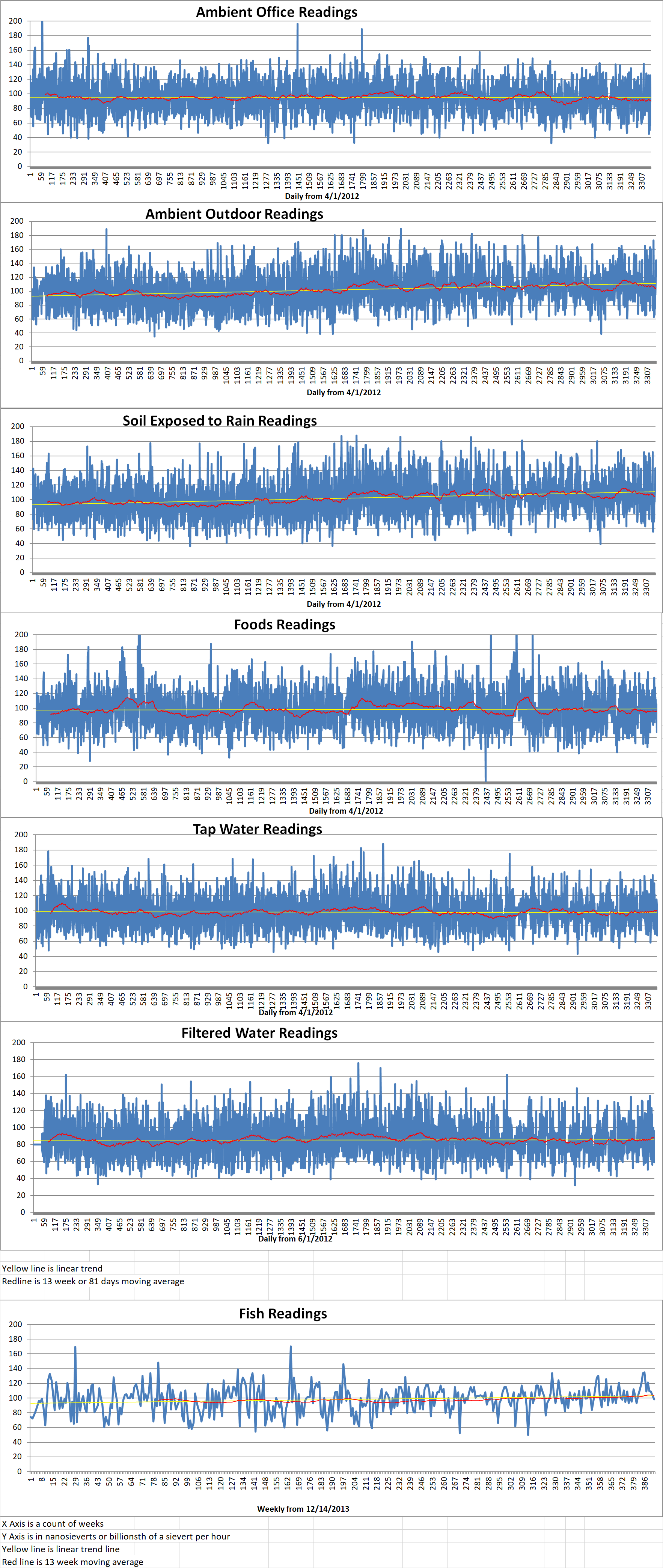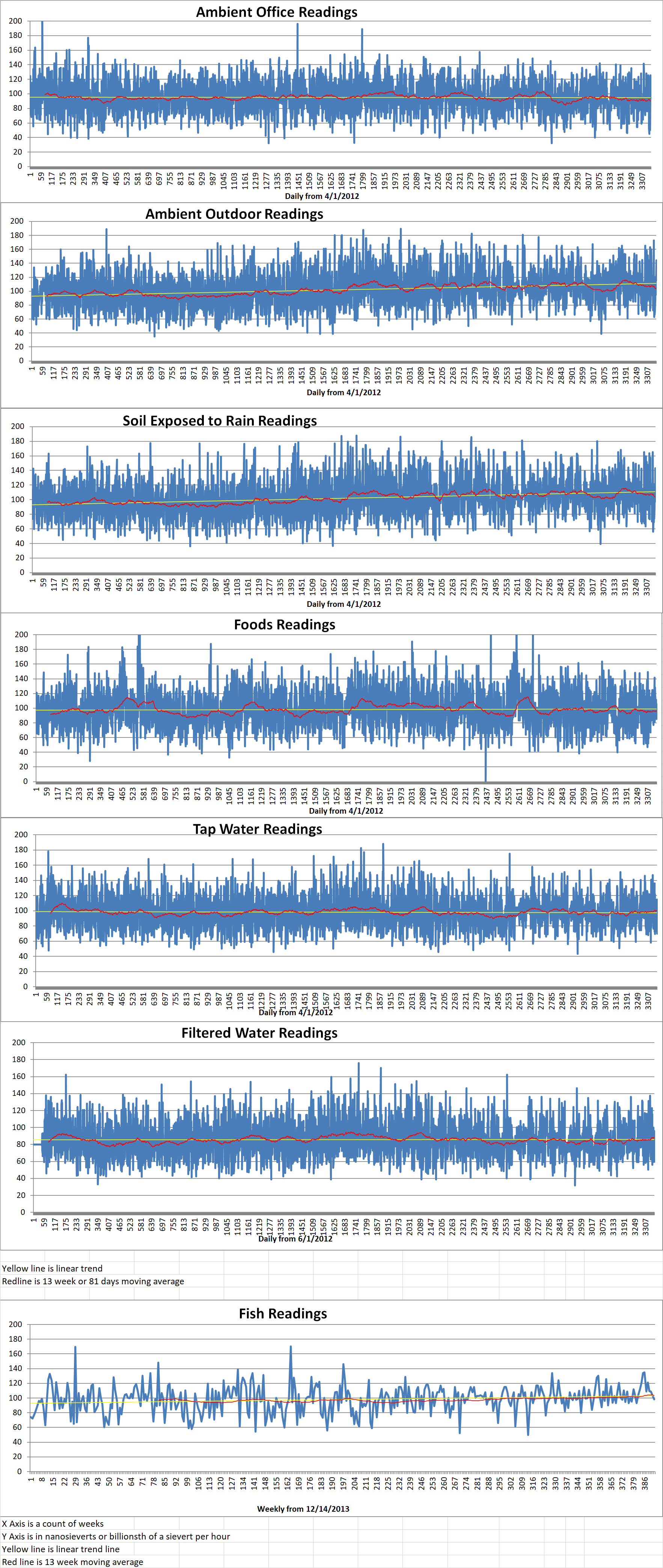Part 1 of 3 Parts
Scalability is a term that refers to the ability of application of a particular technology to be expanded. Different forms of energy generation vary with respect to scalability. An analyst made a study of China’s development of different types of energy sources back in 2014. The analyst concluded that a comparison of China’s expansion of wind power and nuclear power clearly showed that wind power was more scalable. In 2019, the same analyst conducted a review of the relative sustainability of wind power, solar power and nuclear power. He concluded that wind and solar were outperforming nuclear sustainability in total annual power generation. He estimated that by 2030, wind and solar sources would be producing four times the energy of nuclear sources.
The analyst stands by his assertion on the scalability of deployment. There are massive economics of scale involved in the manufacture and distribution of wind and solar components and massive parallelization of construction that is possible with wind and solar installations. These combined advantages of wind and solar power generation will always make them faster and easier to scale in capacity and generation than huge nuclear power generation by gigawatt reactors.
China is the perfect natural experimental environment for such studies because wind, solar and nuclear are being treated as national priorities. Nuclear can only succeed with major national support. In totalitarian China, the national government can override any contrary local regulations and any local opposition to an energy installation. No other country in the world could be such a useful laboratory in which to assess which energy generating technologies can be deployed more quickly.
Every year, the World Wind Energy Association publishes reports by industry analysts on global wind energy developments in different geographic areas. The 2020 report was focused on the impact of the Covid 19 pandemic on the global wind energy industry. The report for the USA and Canada in March of 2021 focused on the force majeure section of wind construction contracts. (Force majeure involves the inability of a company to fulfill a contract due to unforeseen circumstances such as hurricanes and earthquakes.) The report predicted that in 2020, the wind installations would be slowed by force majeure events and companies would miss expectations. This turned out to be the case for the U.S., Canada and most other countries around the globe.
China bucked the trend. In 2020, they deployed seventy-two gigawatts of wind energy which was much more than expected. They also deployed forty-eight gigawatts of solar power. The wind deployment in China was a global record. The solar deployment was more than fifty percent greater than 2019. With respect to nuclear power, no nuclear reactors were commissioned in 2020. The added additional capacity was documented by multiple sources including World Nuclear Association, the Global Wind Energy Council, and the International Energy Agency’s photovoltaic material. From 2010 to 2020, there were only three years when China connected no nuclear power reactors to the national grid. It intends to add more this year.
Please read Part 2 next

